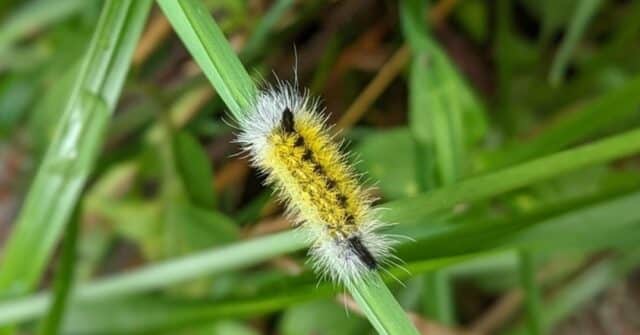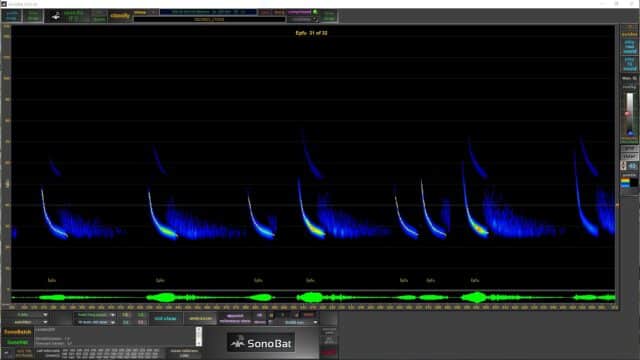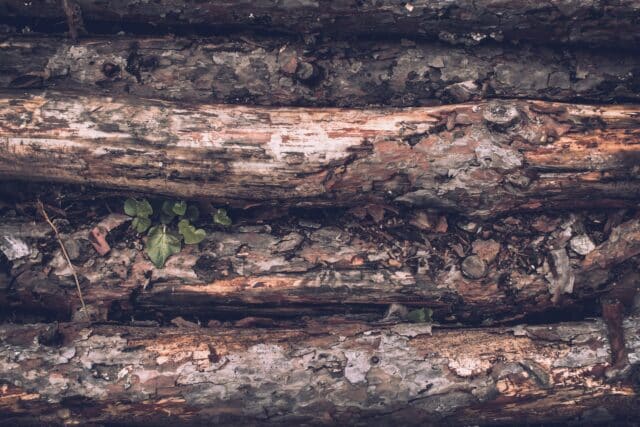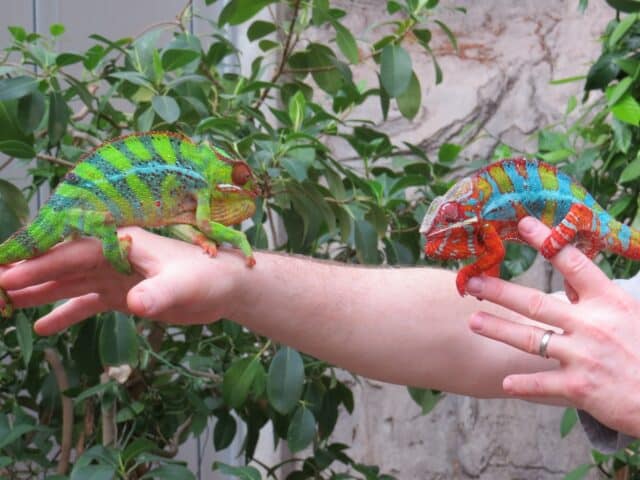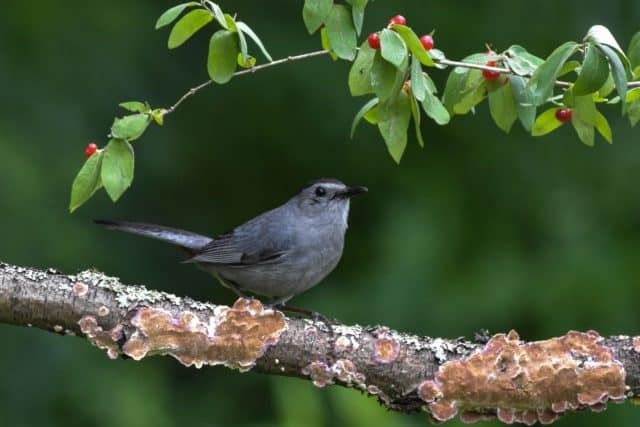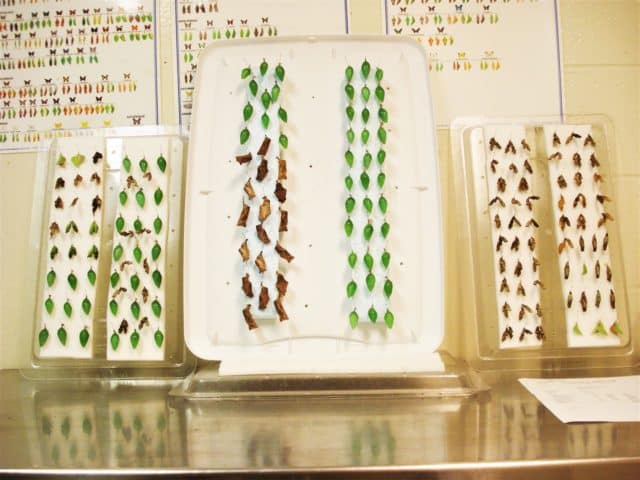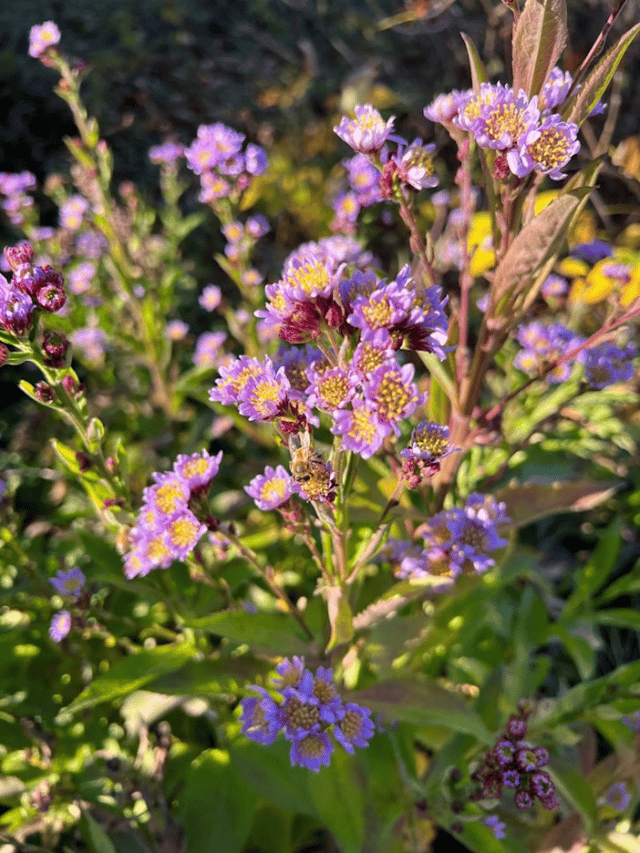
June brings a plethora of gardening tasks – weeding and mulching at the top of the list. Most, if not all, require one’s hands to be plunged into the earth all day. Working that closely with soil reveals itself as a tiny world bustling with activity that you may not have realized before. An entire ecosystem literally in the palms of your hands.
What is soil? Soil is a naturally derived medium that supports living organisms. If that is the case, what makes up soil? The non-living portion of soils (or abiotic factor) are air, water, minerals while the living portion (or biotic factor) are plant and animal matter both living and dead. Not to mention the billions of bacteria, fungi, microbes that inhabit the profile at any given moment. The soil at the Arboretum varies, but generally has a higher composition of clay in a clay, sand and silt ratio. Did you know you can find your soil type of where you live? Check it out here. Keep in mind we have amended the Arboretum’s soil over the years to best accommodate the plants we grow.
While all of that is fun and exciting, what captured my attention recently while doing some edging in the garden were the insects that lived in the soil periphery of garden beds. I took photos of the ones I was seeing the most, although I know there are many more to discover in different locations and soil types.
Next time you’re working in the garden, take a closer look at the soil and let it guide you into another world.







Sources:
https://education.nationalgeographic.org/resource/soil-composition
https://www.nrcs.usda.gov/wps/portal/nrcs/detail/soils/edu/7thru12/?cid=nrcseprd885606
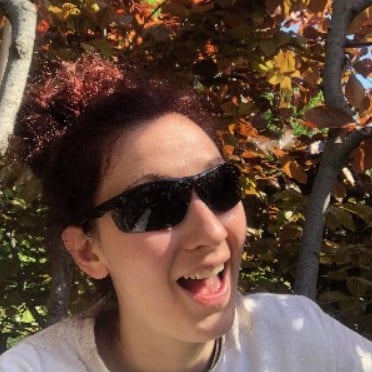
Hilary Wright
Horticulturist
Hilary Wright is the Horticulturist for Blueberry & Buttonbush Ponds, Ponderosa Pines, Spruce Knoll and Cedar Meadow. Her passion is learning, propagating, and planting native plants. When she’s not working, she enjoys hiking, tending to her own collection of plants, and trying unique local food spots.

